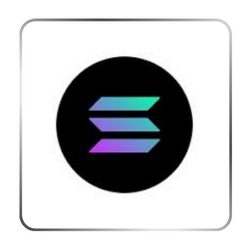This content represents the writer’s opinions and research and is not intended to be taken as financial advice. The information presented is general in nature and may not meet the specific needs of any individual or entity. It is not intended to be relied upon as a professional or financial decision-making tool.
In 2021, Solana became one of the biggest surprises. Not only did it perform well in the crypto market, but it also provided an alternative to the massive transaction fees that Ethereum had to pay. This shows that utility value can pay off.
Solana is a potential Ethereum killer, as it is shared by other smart contracts platforms such as Cardano, Binance, and Avalanche. Despite its small market share, its trend is expected to continue rising.
Solana uses a new consensus model known as the Proof-of-Stake system, which uses the concept of PoH to add time to the process. This method allows the platform to maintain a record of events that occurred between two different nodes. It allows for the verification of time between two events, which is very important for the blockchain. Similar to other PoS models, users need to stake a native asset to operate the Solana blockchain.
As a Solana stakeholder, you can add value and utility to the platform. Through its Proof-of-Stake system, the platform uses economic validators to secure its network. This eliminates the need for miners and allows users to earn rewards without having to spend any money.
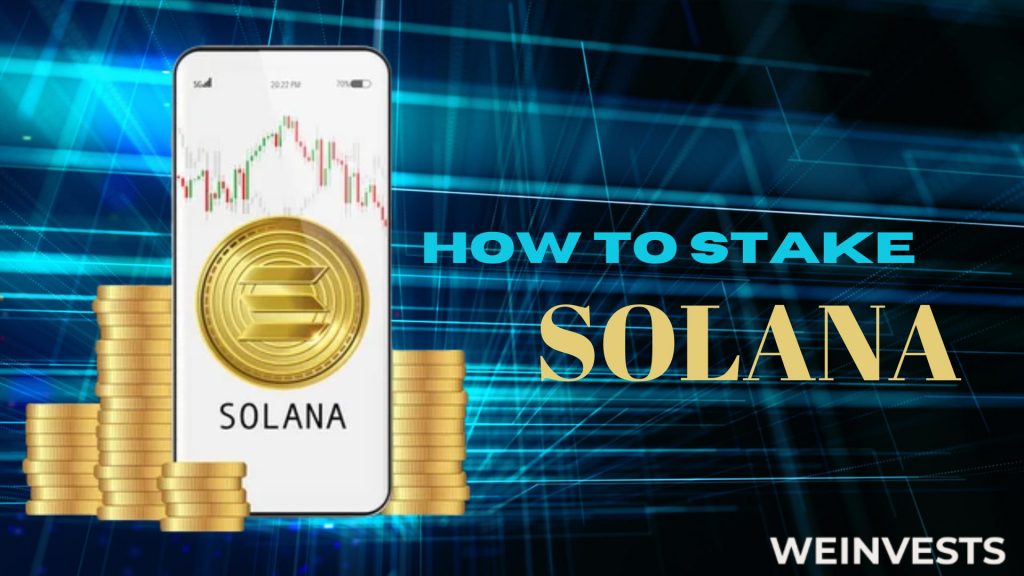
Table of Contents
Pros & Cons of Staking SOL
- Steady returns that compound every 2 days
- No slashing risk as it’s entirely non-custodial unlike other chains
- Promising blockchain with ample functionality and multiple use cases
- Takes up to 3 days to unlock assets if you want to sell
- Relatively unknown chain with little adoption
- Loss of seed phrase will result in loss of SOL
What is Solana Staking?
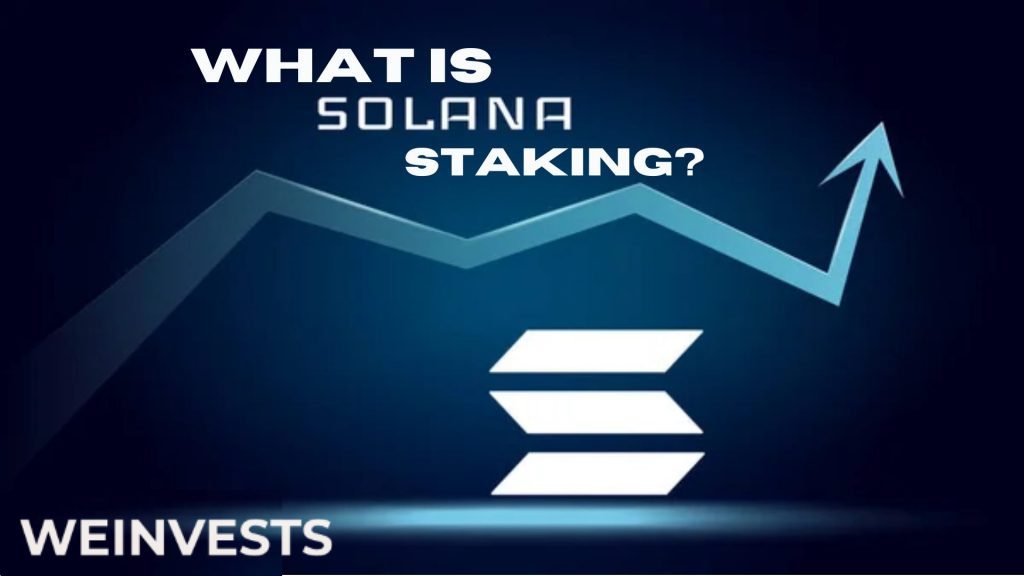
Solana staking is a process that allows users to earn rewards while maintaining the platform’s decentralized nature. They can do this by establishing their SOL tokens with a certain economic representative. This process is similar to investing in a savings account, where the earnings are based on the number of crypto holdings.
As a Solana stakeholder, you can add value and utility to the platform by becoming a delegator. This process involves allocating your resources to support the Solana ecosystem. Before you start staking, it’s important to make sure that you have a good relationship with the economic validators. Unfortunately, choosing a poorly-functioning or malicious one could lead to a loss.
One of the most important factors that users need to consider when it comes to staking on Solana is the duration of their agreement. This means that they won’t be able to spend their tokens anytime soon. There is a possible workaround, but it’s important to note that the Cooldown periods will only end once they have completed.
How to Stake SOL?
Binance Earn is one of the platforms offered by cryptocurrency exchange Binance. It comprises a suite of products to help users bolster their cryptocurrency holdings.
This includes staking Solana. Below is a step-by-step tutorial on how to stake Solana on Binance Earn.
Step 1: Sign Up and Verify your Account
If you want to stake SOL, the first thing you must do is create an account on Binance.
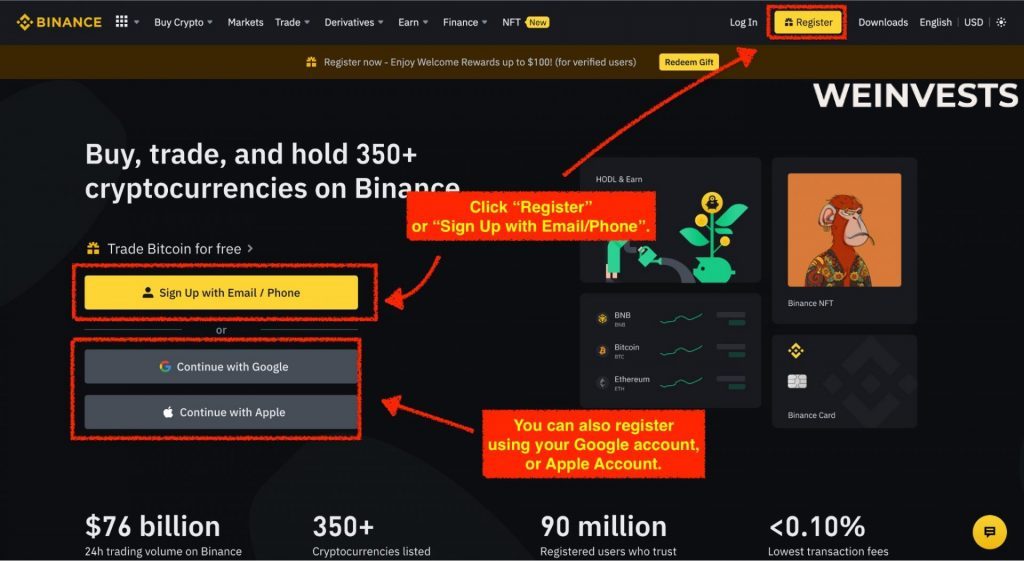
Then go through the verification steps to provide Binance with proof of identity.
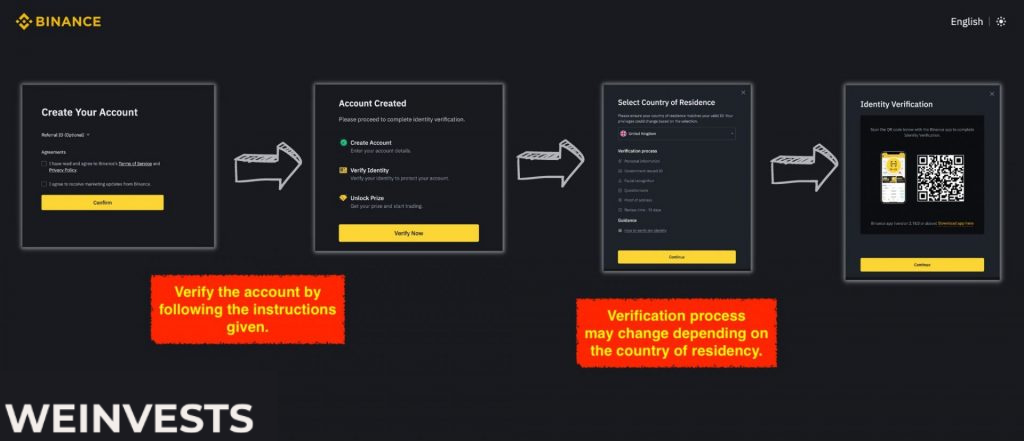
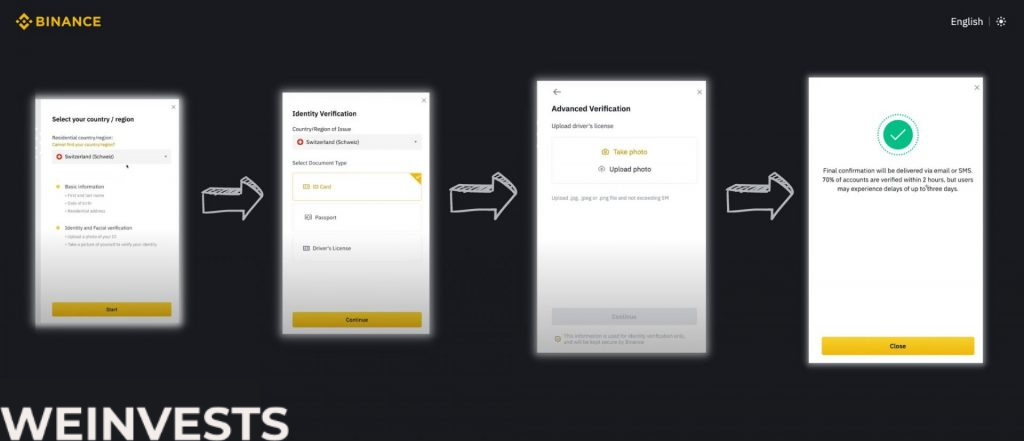
Step 2: Fund your Account
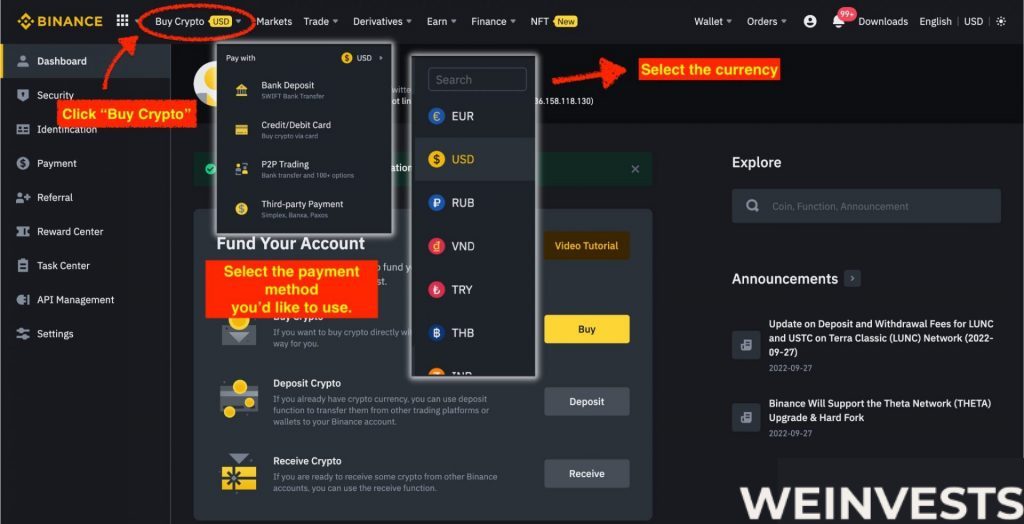
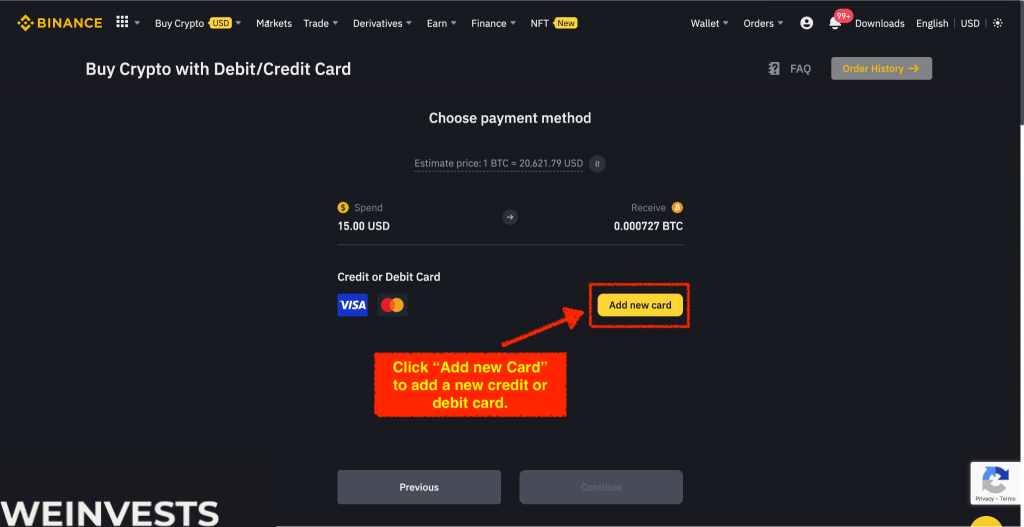
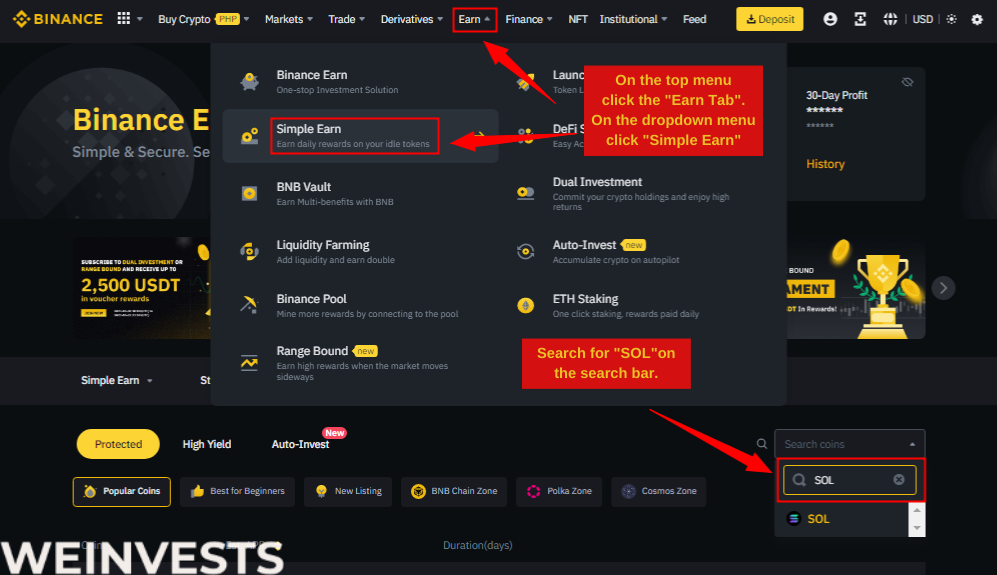
Go to the drop-down menu labeled ‘Earn.’ Here, you will have multiple options. Click on ‘Binance Earn’ and then search for ‘SOL’.
Step 4: Analyze the Staking Parameters and Stake
Here, you can analyze SOL using the ‘Calculate your crypto earnings’ feature. You can input the amount you want to invest and see the projected earnings for 1 year, 2 years, 3 years, or 5 years. Simply click on the desired number of years to invest in ‘Solana’.
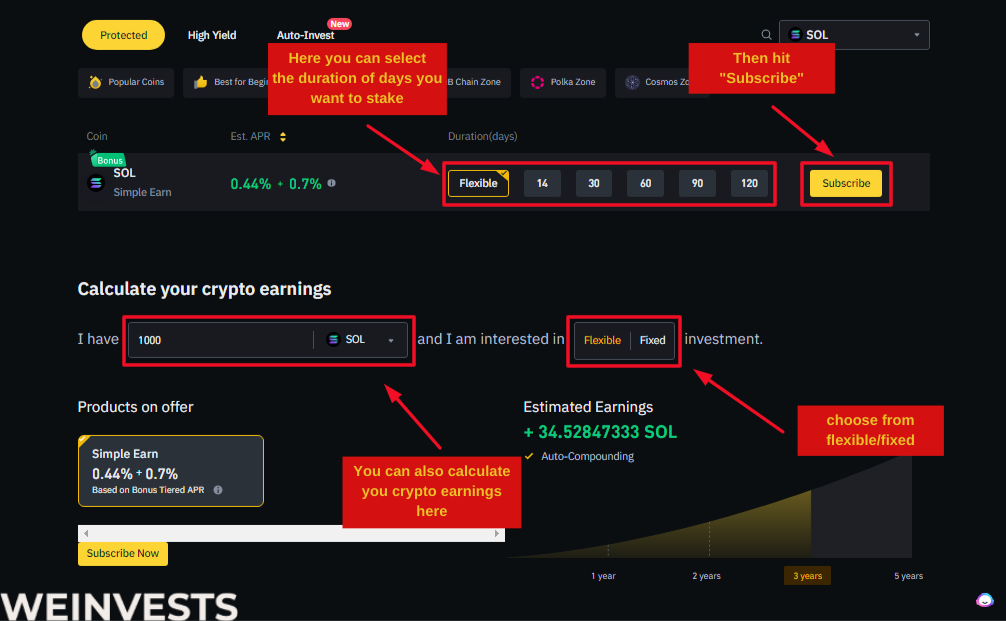
If you want to earn rewards with your SOL on Binance.com, you can go to the “Products on Offer” section under “Earn” and choose between two options: “Simple Earn” and “Flexible DeFi Staking”.
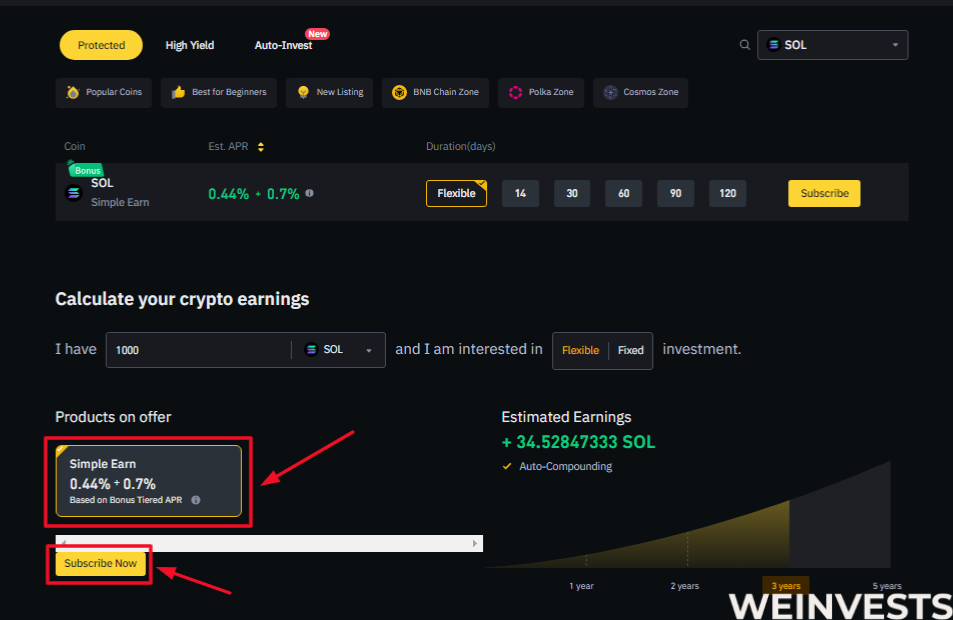
“Simple Earn” lets you deposit your SOL in flexible or locked products and earn daily rewards. You can subscribe or redeem at any time, so you can maintain your assets’ flexibility and liquidity. The rewards are sourced from Binance’s own funds and are based on the market conditions.
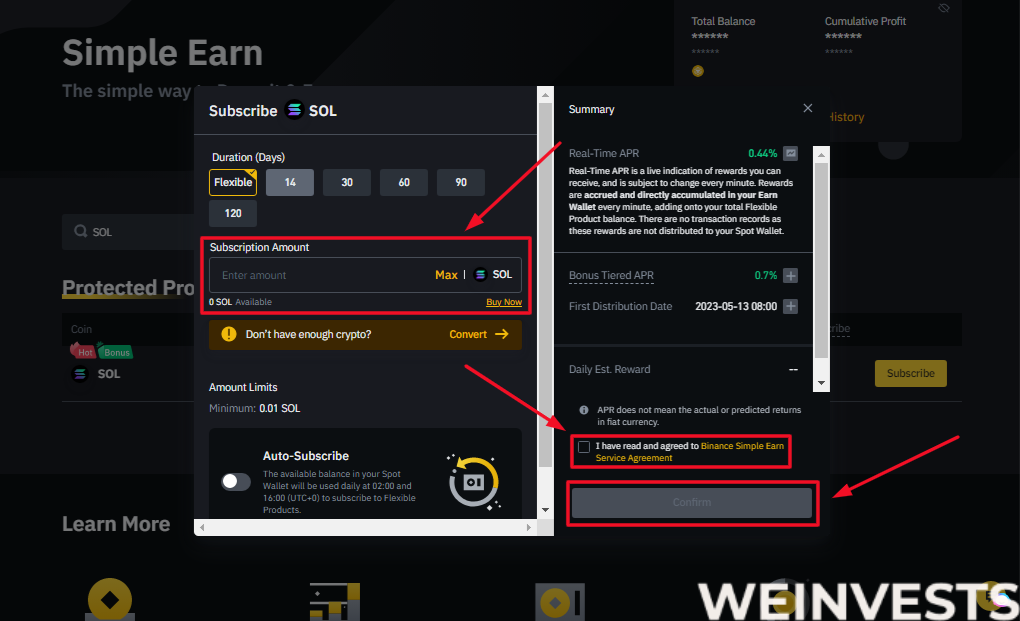
SOL Staking Tax
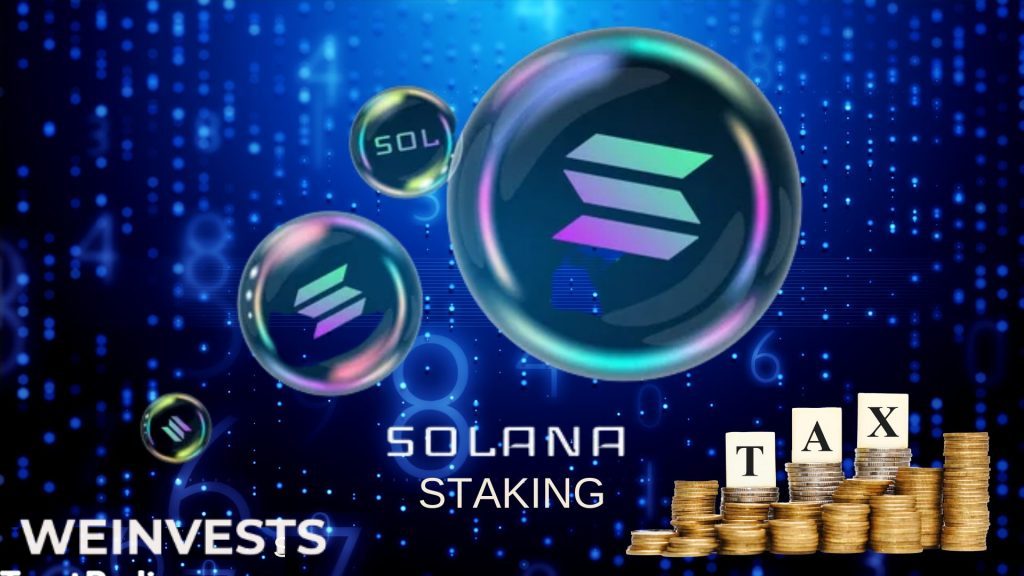
Staking is similar to mining in that it allows investors to earn income by validating and processing transactions on a blockchain. However, these rewards also come with a surprise. In this guide, we’ll talk about all of the details about crypto staking and how these taxes work.
Staking involves different types of transactions. These transactions determine how crypto is taxed in different jurisdictions.
When it comes to transferring your coins or tokens to a third-party staking pool, or wallet, it’s generally not considered a taxable activity. This can be done as transferring one’s assets from one wallet to another. On the other hand, gas fees and transfer fees have different tax implications.
According to HM Revenue & Customs, staking is similar to mining in that it’s considered a taxable activity. The exact nature of the activity will be determined by the tax department’s assessment of the business and commercial nature of the activity. For instance, if you’re a business owner, or an individual, you might be liable for tax on your rewards.
If the process of staking isn’t feasible to a taxable trade, then the value of the awards will be considered miscellaneous income. In the UK, capital gains tax will also be applied on the rewards once they’re disposed of. This means that most investors will typically pay income tax on the rewards once they’re received.
Why do people like Staking SOL?
The amount of money that you can earn from staking is dependent on various factors such as the state of the network and your chosen validator. The average annual stake on the network is around 8 to 10%. To ensure that you have the latest data, check the network stats regularly.
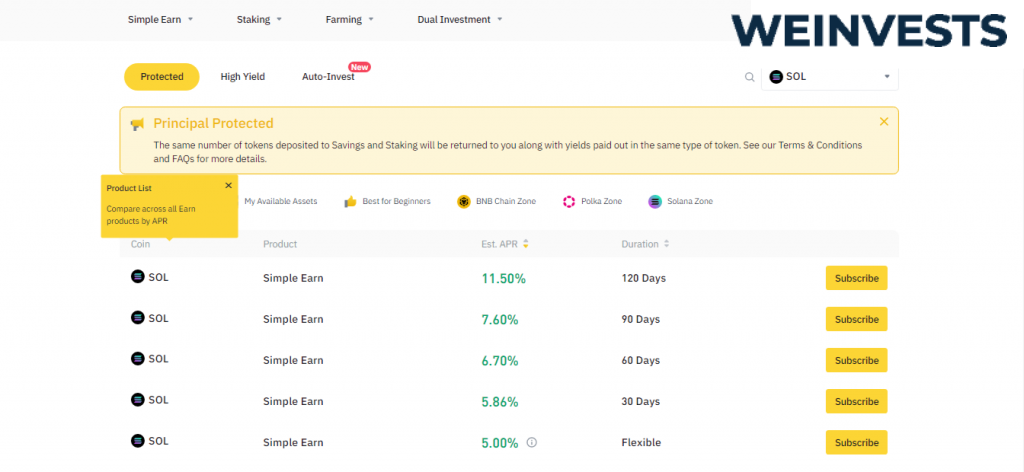
Due to its relatively high level of interest, Solana is becoming more prominent as a competitor to Ethereum. With all of the funding it has received, it’s expected to continue growing in the future. This is a good sign for crypto enthusiasts.
Although it’s relatively easy to start staking Solana, it’s important to note that you should still follow the steps outlined in this guide to ensure that you’re getting the most out of this process.
Conclusion
Staking Solana is a cheap, easy, and lucrative way to get involved in the cryptocurrency industry. It’s backed by some of the biggest names in the industry, such as Sam Bankman-Fried’s Alameda Research. Furthermore, it has a thriving ecosystem that includes DeFi, NFT, and Web 3.0. Given its current growth and adoption, it’s expected that Solana will continue to remain a viable option for the foreseeable future.
Even if the market has crashed and you’re still holding SOL, or Metaplex-based NFTs, it’s a good idea to start staking. However, it should be noted that there are some risks that you should take into account. For instance, if you’re planning on adding your SOL to a liquidity pair, you should consider the higher risks of DeFi and NFTs.
Solana Staking FAQs
Is it safe to stake SOL?
Delegating your tokens doesn’t mean you are entrusting them to a validator. When you stake your SOL, your funds will remain inside your wallet, which makes it as safe as holding them.
How Much Can I Earn From Staking SOL?
The average reward ranges from around 6-8% percent annually
How frequent are staking payouts?
Solana’s validation network operates in a system of ‘epochs’ – periods of typically 2-3 days – and rewards are earnt at the end of each epoch.
Predicting the market is by far the most important part of investing in cryptocurrencies and crypto trading. The value of all cryptos can change suddenly, so you need to be prepared for those changes before investing in anything. Some cryptos are more volatile than others, and Bitcoin is an example of that.
What most traders and crypto investors do is wait for experts and financial advisors to predict market changes for them. However, it’s more practical to learn how to do that yourself and make predictions for yourself. If you wonder about the future of SOL, be assured that you can safely invest in this crypto.
The Solana platform and SOL itself are expected to surpass Ethereum by far, and that’s because of its commissions and the fast transactions it features.
WeInvests is a financial portal-based research agency. We do our utmost best to offer reliable and unbiased information about crypto, finance, trading and stocks. However, we do not offer financial advice and users should always carry out their own research.
Read More




